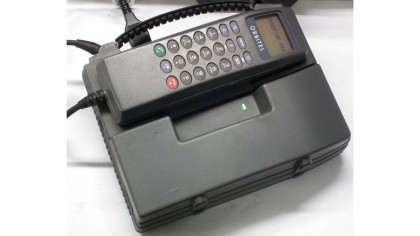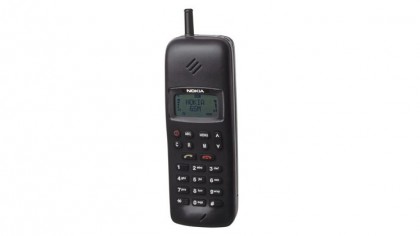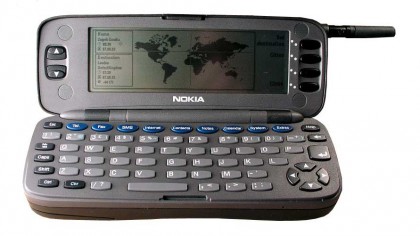Is it time to say goodbye to the text message?

"Merry Christmas," a short but simple message from Neil Papworth to Richard Jarvis heralded the start of mobile messaging 21 years ago.
That first text has led to the rise of mobile messaging and the decline in using a phone to call people. But before people begin to wonder what an SMS (Short Message Service) ever was, we're here to guide you through history of texting.
Mobile messaging now comes in many forms with the humble SMS format joined by MMS, email, IM (Instant Messaging) and via myriad different social media sites. It has become the central hub of the modern smartphone, with email and IM apps now populating every app store.
Could Papworth have predicted the revolution that "Merry Christmas" would start? Could Friedhelm Hillebrand foresee that his choice to limit messages to 160 characters would still prove enough to change history?
In the beginning
Back in 1992 that first text message had to be sent from a PC, carried by the Vodafone network to an Orbitel 901, a device that Jarvis was unable to reply from as the mobile phone had no method of inputting text.
We use the term mobile pretty loosely, as the Orbitel 901 has no resemblance to any modern portable device. It was massive device with a corded handset and whopping antenna.

Design wise, it was miles behind the $3000 Motorola MicroTAC, a handset that was leading the way with its sleek clamshell design. The Orbitel had a trick up its oversized sleeves, coming with digital GSM technology.
Sign up for breaking news, reviews, opinion, top tech deals, and more.
At the start of the switch from analogue mobile signals, digital technology created the need for larger batteries leading to the handbag-style design of the Orbitel.
Nokia comes a-knocking
Messaging still had to be done through PCs until Nokia decided in 1993 that text messages should be sent by mobile devices, namely the Nokia 1011.
The Nokia 1011 signified a massive change in mobile design, coming in the candybar design that we are now all familiar with. It measured in at a sizeable 192 x 60 x 45mm, weighing a whopping 475g (that's 6g heavier than the iPad Air).

You also had to be careful with your typing, as it wasn't until 10 December 1995 that T9 predictive text was created. At this time the average American was sending 0.4 texts a month, equating to just five texts a year.
Compare that to five years later, and American's were averaging 35 texts a month, or 2008 when the average number of texts had increased to a whopping 357 per month.
Part of this rise was the development of full keyboard phones, the first of which was built by Nokia. Nokia beat the BlackBerry 850 to the punch, with its portrait flip phone the Nokia 9000i Communicator in 1997.

Despite being a flip device, it weighed 78g less than Nokia 1011 (yet still three times that of the Samsung Galaxy S4), at 397g. Inside was a 24MHz processor and 8MB of memory, and the 9000i Communicator was also able to send and receive emails.
Going cross network
With messaging becoming more prevalent on devices, it may surprise you that it wasn't until 1999 that messages could be sent between operators.
This meant early adopters had to make sure their partner, friends or colleagues were on the same network if they wanted to avoid an actual voice conversation.
Initially cross network SMS communications commanded a much higher price, and back in 2008 it cost 2p per text to a handset on the same network, or 10p to rival carrier.
The UK surpassed a billion text messages per month in 2001, but its power was rapidly growing - text messaging was instrumental in everything from organising protests to disseminating information from disasters quickly.
Meeting MMS
MMS (Multimedia Messaging Service) was soon developed and the technology was first deployed in March 2002 by Norwegian network Telenor.